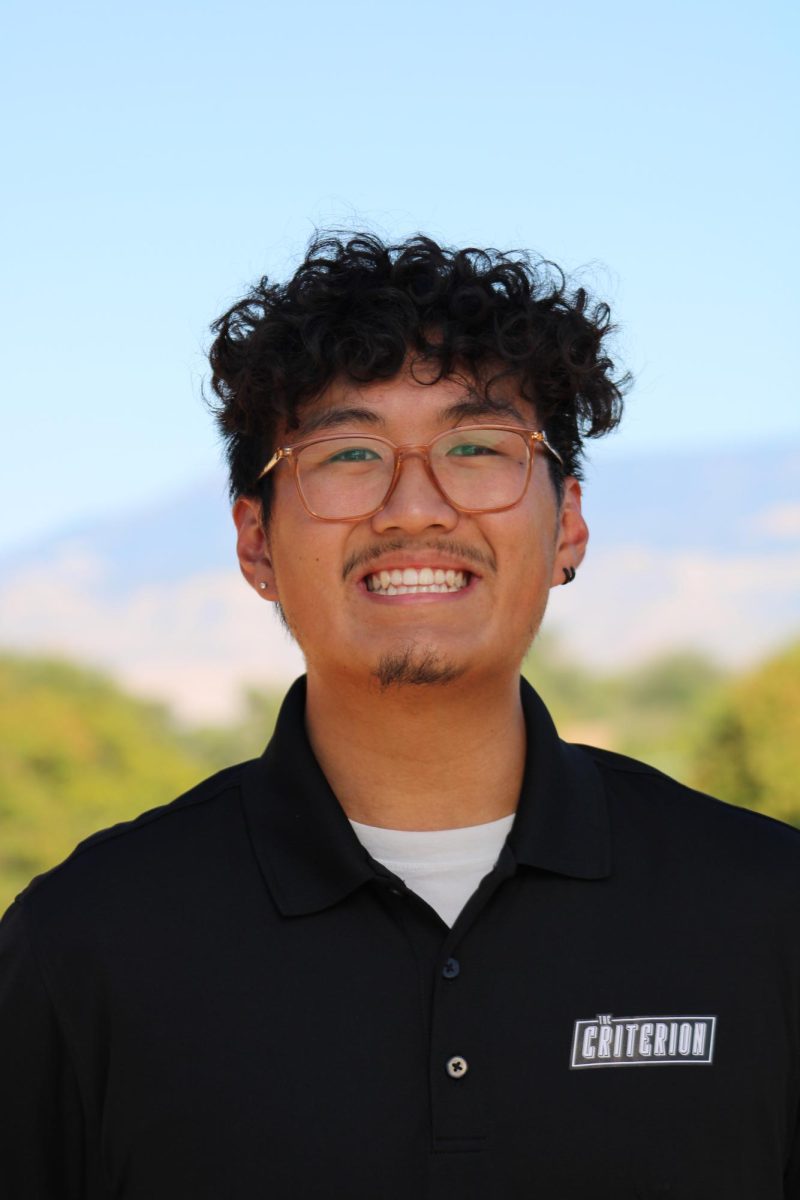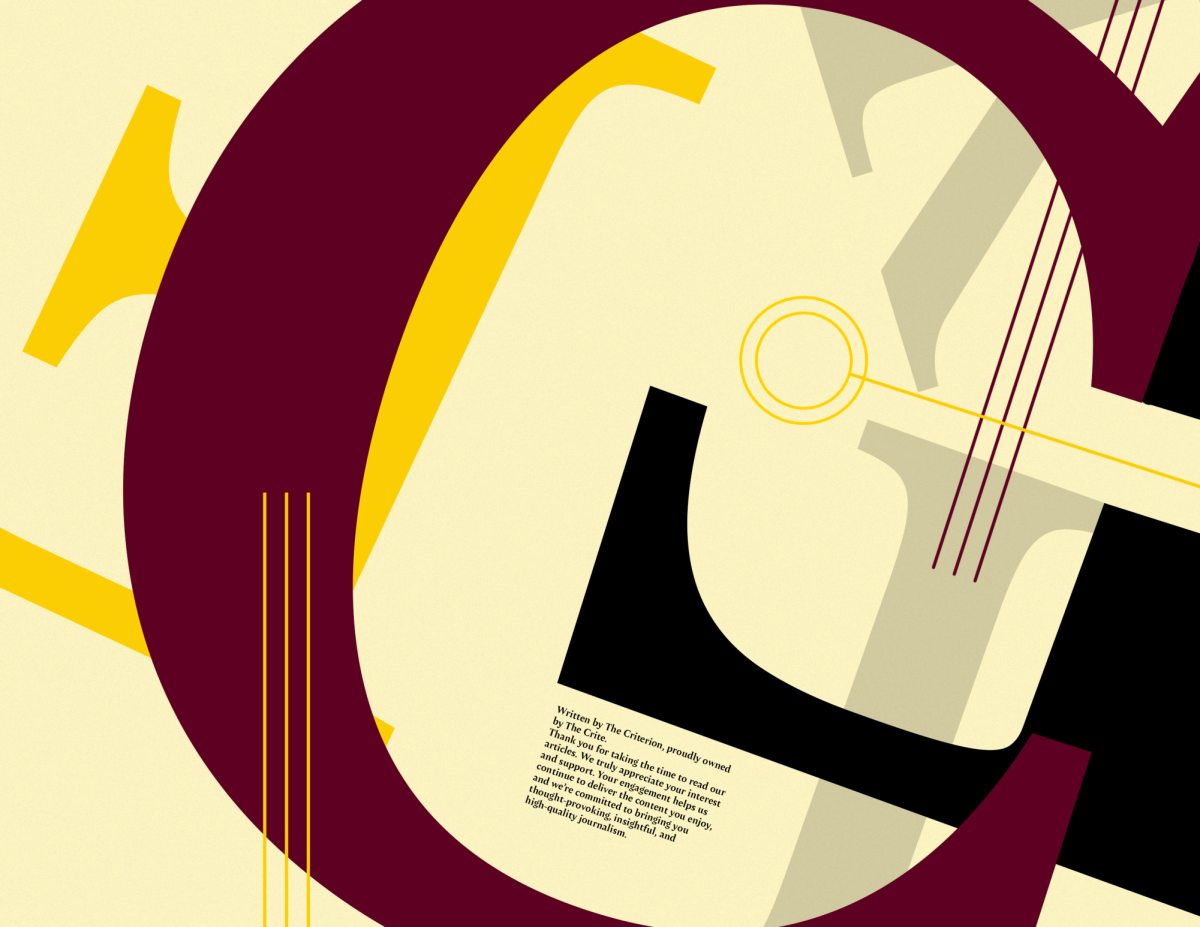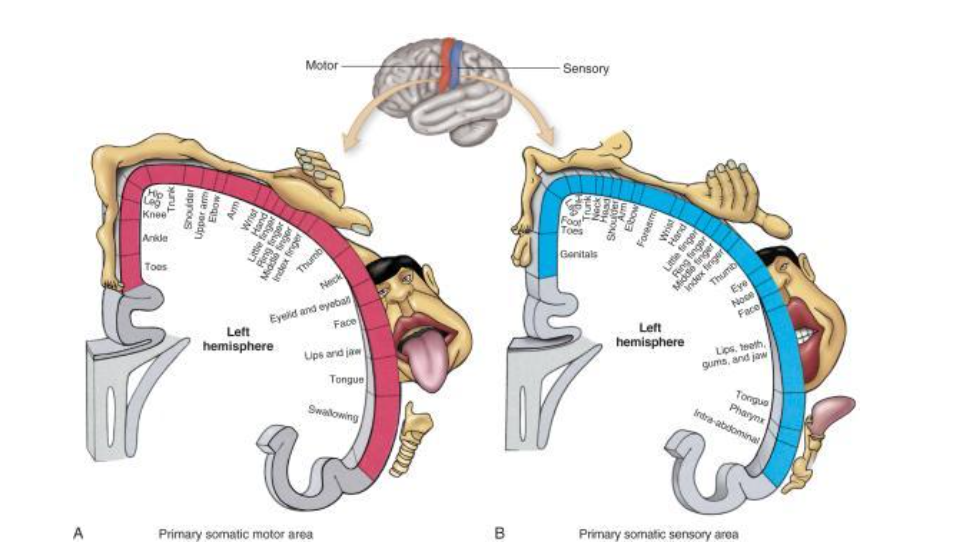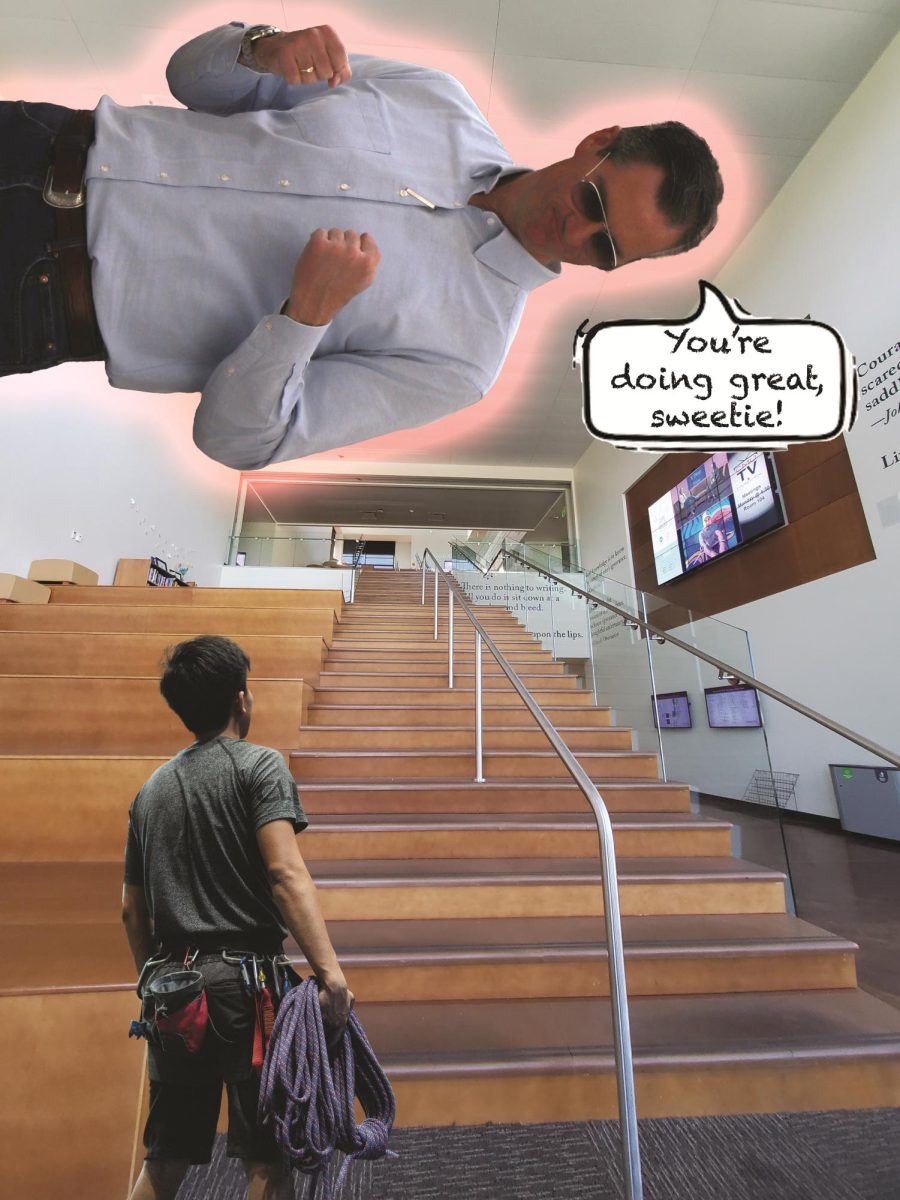[media-credit id=89 align=”alignleft” width=”300″] [/media-credit]
[/media-credit]
Colorado Mesa University events receive unimpressive attendance from our student body of more than 11,000. While this should be blamed partially on the sparsity of attendance-worthy events, it should also be burdened by the lack of awareness in the student body. If no one knows about an event, no one will go.
Currently, the marketing department and Student Life use a variety of systems including social media posts on Snapchat, Instagram and Facebook as well as on-campus advertisement like the Stall Street Journal and “Bulletin” TV screen ads.
However, as any college student in 2017 can attest, it is extremely easy to ignore these things. From ads that pop up in your social media feed to posters everywhere, if it doesn’t extremely catch your attention or you don’t have to look at it, you won’t. This is one of the major problems that CMU event promoters face and is the reason the Stall Street Journal has been so effective. In contrast, short non-lasting splurges of event info in social media streams can be effective at spreading info to a wide audience but ineffective at maintaining interest or stable information.
One of the most seen advertisements by students, seen by more than 8,000 viewers, the Snapchat story has proved very effective at spreading the word. However, with disappearing information the Snapchat story cannot provide a place for students to go to specifically for events and currently there is no good place for this.
Students looking for events have few places to go and those that they can turn to are lacking information or inefficient. An excellent example of this is the CMU website calendar. While in a prime position on the website, the calendar has a sparse collection of events, is difficult to read and plainly unattractive; it’s the opposite of what a university events calendar should be.
Luckily, CMU staff are aware of this and actively trying to fix it.
“We know that we can always improve. The current situation is not the ideal situation,” Mike Mansheim, executive director of marketing, said in a response to these comments.
However, they cannot make the “ideal event promotion system” without student help.
“We need your help to design what comes,” Mansheim said. “Right now we are collecting input and ideas from students in a variety of groups to get a general sense of the best way to communicate. We want to know what students would do if they could design the process. “
The marketing department is conducting many surveys and focus groups for students on-campus right now and the ideas they are having could be productive and problem-solving. Hopefully, we will see some of these improvements soon.
It is a tough realization on the part of campus leaders to accept the diminishing and near lack of CMU spirit in much of the student body. Unfortunately, this mindset is not going to change without both events that peak student interest and more efficient advertising of those events. It is easy to see how effective these methods can be. Just look at the attendance of events like the annual PAC concert, the first football game and those during welcome week. Each of these events was and are both events that peak students interest and are subjectively well advertised to an active on-campus population.
Mavericks want to attend university events but without a general on-campus knowledge of what is happening, that is not going to happen. Word of mouth is the best promotion for events and is ultimately what brings attendance. No college student wants to go to an event they think barely any others go to. CMU advertisers are aware of this and utilize modes like Ambassador Snapchats to spread events with a boots-on-the-ground approach.
With some improvements to the system, better events and a little student initiative, we may see a rise in event attendance and even a rise in Maverick spirit.







